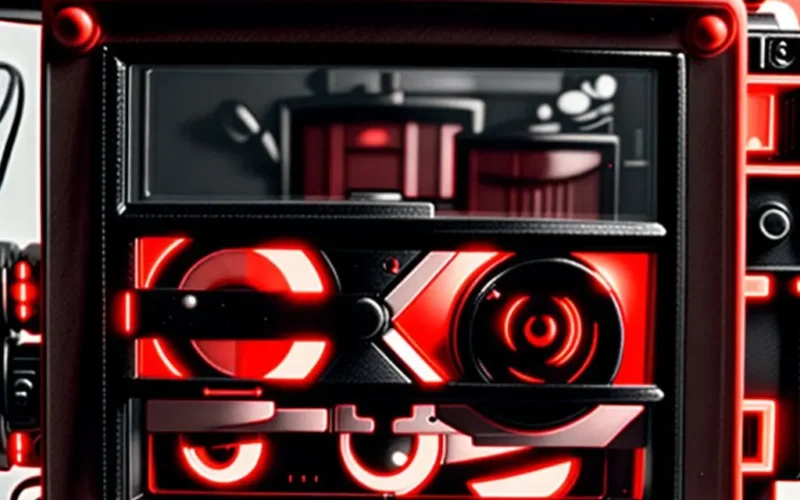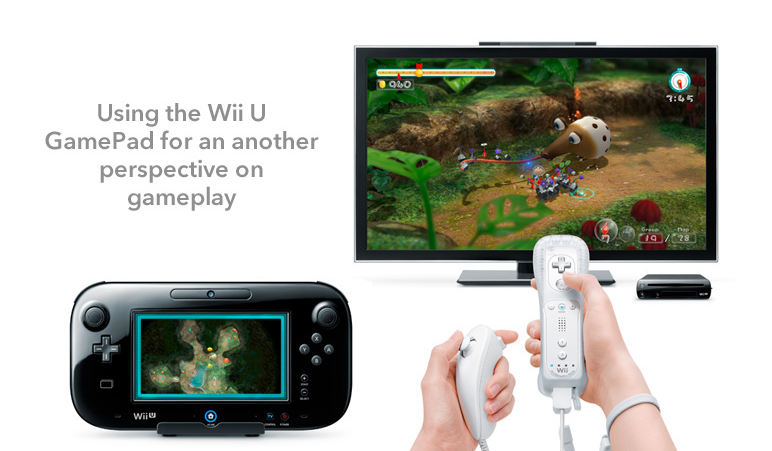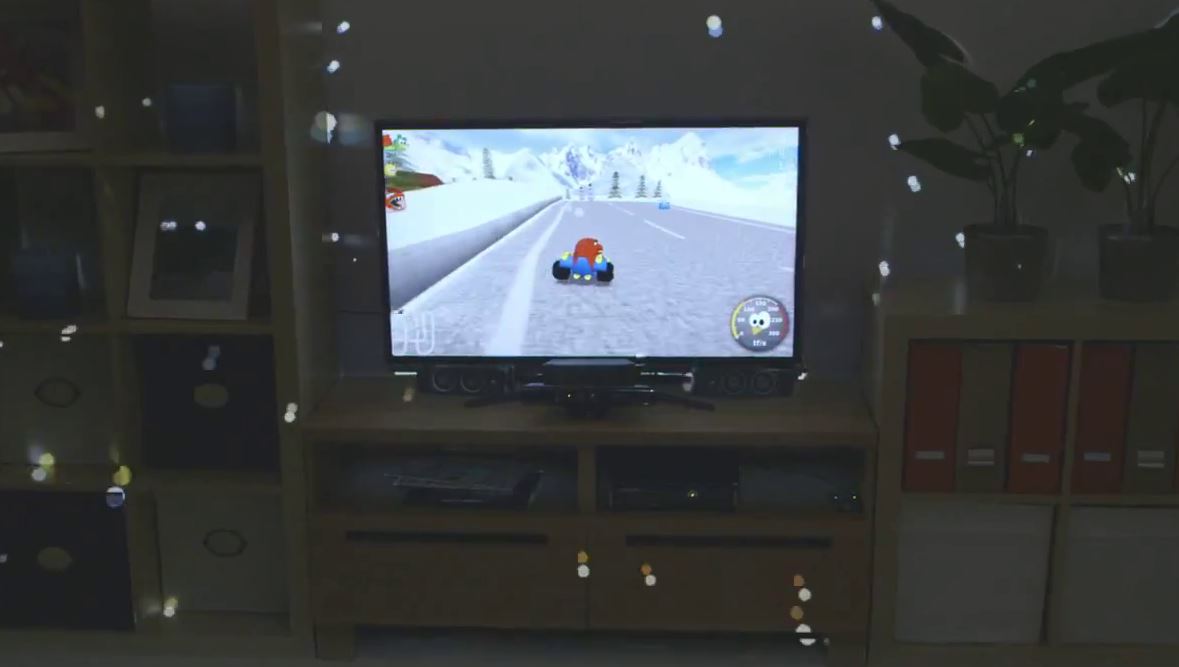Table of Contents
The Red Glimmer of Innovation: Inside the Virtual Boy’s Peculiar Tech
Cast your mind back to 1995. The gaming world was buzzing, transitioning from 16-bit sprites to rudimentary 3D polygons. And then, Nintendo, ever the innovator, unleashed something truly… red. And slightly headache-inducing. We’re talking, of course, about the Nintendo Virtual Boy — a device often derided as their biggest commercial misstep, yet undeniably a bizarre, fascinating marvel of ambition.
Years before virtual reality became a mainstream buzzword, Nintendo dared to bring consumer-level 3D gaming into living rooms. The Virtual Boy was a bold, albeit spectacularly flawed, leap into stereoscopic visuals, employing an ingenious (or perhaps infamous) system of parallax barriers and oscillating mirrors to create depth. The catch? It rendered everything in a striking, almost retina-burning, monochromatic red. The inevitable side effect for many players? Eye strain, disorientation, and yes, those infamous headaches, leading to famously short play sessions.
Coupled with a hefty price tag, a rather peculiar, bulky design that tethered you to a tabletop, and a game library thinner than a supermodel, the Virtual Boy’s tenure in North America was remarkably brief — less than a year. It vanished almost as quickly as it appeared, leaving Nintendo with significant financial losses. Yet, despite its spectacular commercial failure, this quirky console has ascended to cult status. It’s more than just a footnote; it’s a testament to audacious, if sometimes misguided, innovation, becoming a truly unique piece of retro tech history.
Before we delve deeper into the peculiar tale of this crimson contraption, why not get a quick visual snapshot? We’ve crafted a short video that encapsulates the essence of the Virtual Boy’s strange journey.
The Red Glimmer of Innovation: Inside the Virtual Boy’s Peculiar Tech
At its core, the Virtual Boy was an attempt to deliver affordable stereoscopic 3D. Instead of a traditional LCD screen, it utilized a single row of 2048 red LEDs. These LEDs would flash rapidly, and an oscillating mirror would then sweep this single line across the player’s field of vision, creating a full 384×224 pixel image for each eye. The slight horizontal offset between the images presented to the left and right eyes created the illusion of depth. It was a clever, albeit raw, approach to 3D, especially for its era.

But why only red? The decision to go monochromatic wasn’t just an aesthetic choice or a limitation of ambition. It was primarily a pragmatic one driven by cost, power efficiency, and the technological constraints of the mid-90s. Full-color LCD screens capable of such rapid refresh rates for stereoscopic 3D were prohibitively expensive and power-hungry at the time. Red LEDs, however, were cheaper and consumed less power, crucial for a device that ultimately ran on six AA batteries. The display could render four shades of red, from black to bright red, which, in theory, allowed for some visual nuance. In practice, the stark crimson palette contributed significantly to the discomfort many users reported.
Indeed, the very nature of its display technology led to its most notorious side effect: the dreaded eye strain and headaches. Nintendo was acutely aware of this, even including warnings in its instruction manuals about limiting play sessions to prevent discomfort and eye fatigue. For some, the experience was tolerable; for many others, it was genuinely off-putting, a literal pain in the head that severely limited playability and enjoyment.
Design Decisions That Missed the Mark: Form Over Function?
The Virtual Boy’s unconventional display necessitated an equally unconventional design. Unlike the truly portable handhelds Nintendo was known for (Game Boy, anyone?), the Virtual Boy was anything but. It was a bulky, visor-like contraption mounted on a sturdy, yet undeniably restrictive, tripod stand. Players were expected to hunch over it, peering into its crimson void. This design choice negated any semblance of portability, essentially chaining the player to a tabletop.

Then there was the controller — a strangely organic, bat-wing shaped device featuring dual D-pads. While innovative in its symmetrical approach, allowing for different control schemes or even left-handed play, it proved cumbersome for many games and contributed to the overall sense of awkwardness surrounding the console. Its sheer bulk and the uncomfortable posture it demanded only compounded the issues stemming from the display, creating a user experience that was far from intuitive or enjoyable for extended periods.
A Crimson Canvas, A Scarce Palette: The Virtual Boy Game Library
A console, no matter how innovative, is only as good as its games. And here, the Virtual Boy faced another insurmountable challenge. Its game library was woefully thin, boasting only 22 titles released worldwide, with just 14 making it to North America. Contrast this with the hundreds available on the Game Boy or the impending tidal wave of titles for the PlayStation and Sega Saturn, and the Virtual Boy’s offerings felt incredibly sparse.
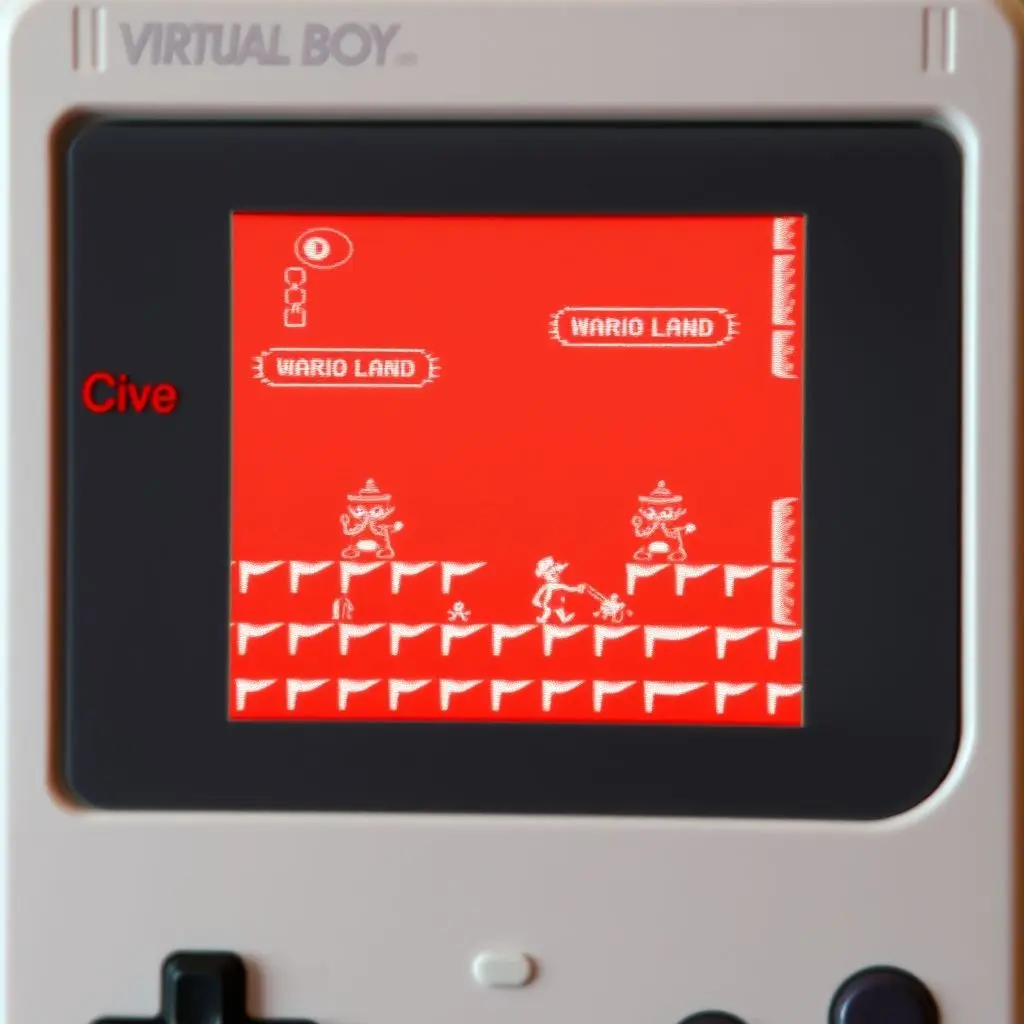
While some titles, like the critically acclaimed Wario Land: Virtual Boy, cleverly leveraged the 3D effect for unique gameplay mechanics, or the futuristic shooter Red Alarm, hinted at the console’s potential, most were forgettable or simply didn’t justify the hardware’s quirks. The restrictive red-and-black palette and the inherent discomfort of the console made it difficult for developers to create compelling, long-lasting experiences. Consequently, third-party support quickly dwindled, sealing the Virtual Boy’s fate.
The Unravelling: Why the Virtual Boy’s Story Was So Short
The Virtual Boy’s demise was a perfect storm of technical missteps, poor marketing, and unfavorable market conditions. Launched at an initial price of $179.95 USD (which translates to over $350 in today’s money, adjusted for inflation), it was perceived as expensive for a monochrome system with limited portability and health warnings. Consumers, already looking towards the promise of full-color 3D on upcoming consoles like the PlayStation and Sega Saturn, were largely unimpressed.
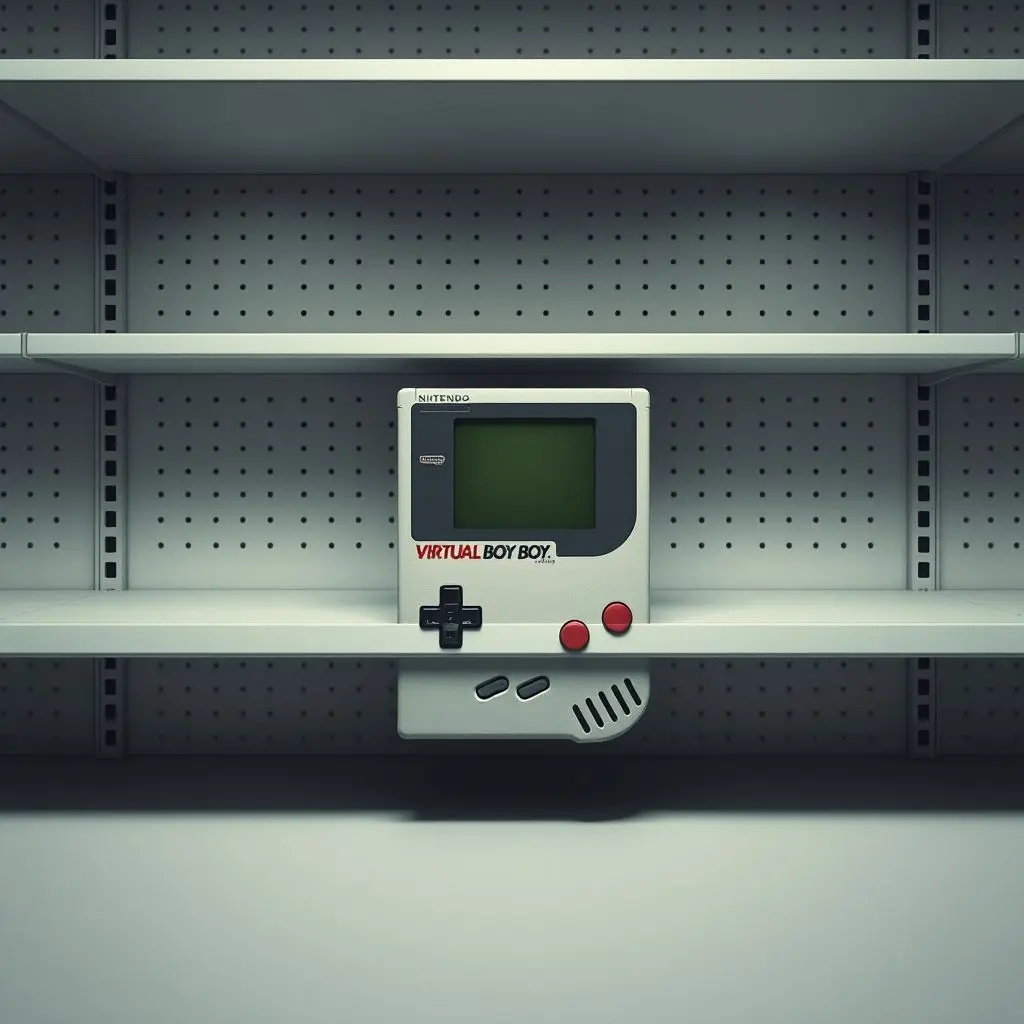
Nintendo’s marketing efforts were also confused. Was it a home console? A handheld? Its identity crisis was evident, failing to clearly communicate its purpose or appeal. Ultimately, the cumulative effect of its high price, the physical discomfort it inflicted on players, its anemic game library, and the burgeoning next-generation competition led to its swift commercial failure. The Virtual Boy lasted less than a year in North America, and while it hung on slightly longer in Japan, it was officially discontinued by 1996. Estimates suggest total worldwide sales were only around 770,000 units, a catastrophic figure for a Nintendo console, leading to millions in losses for the company.
Beyond the Red Haze: The Virtual Boy’s Enduring Legacy
Despite its ignominious commercial failure, the Nintendo Virtual Boy refuses to fade entirely from memory. Today, it stands as a fascinating footnote in gaming history — a stark reminder that even giants like Nintendo can misstep when pushing the boundaries of technology. It was, undeniably, an early pioneer in consumer virtual reality and stereoscopic 3D, attempting concepts that would only become truly viable decades later with advancements in display technology and processing power.
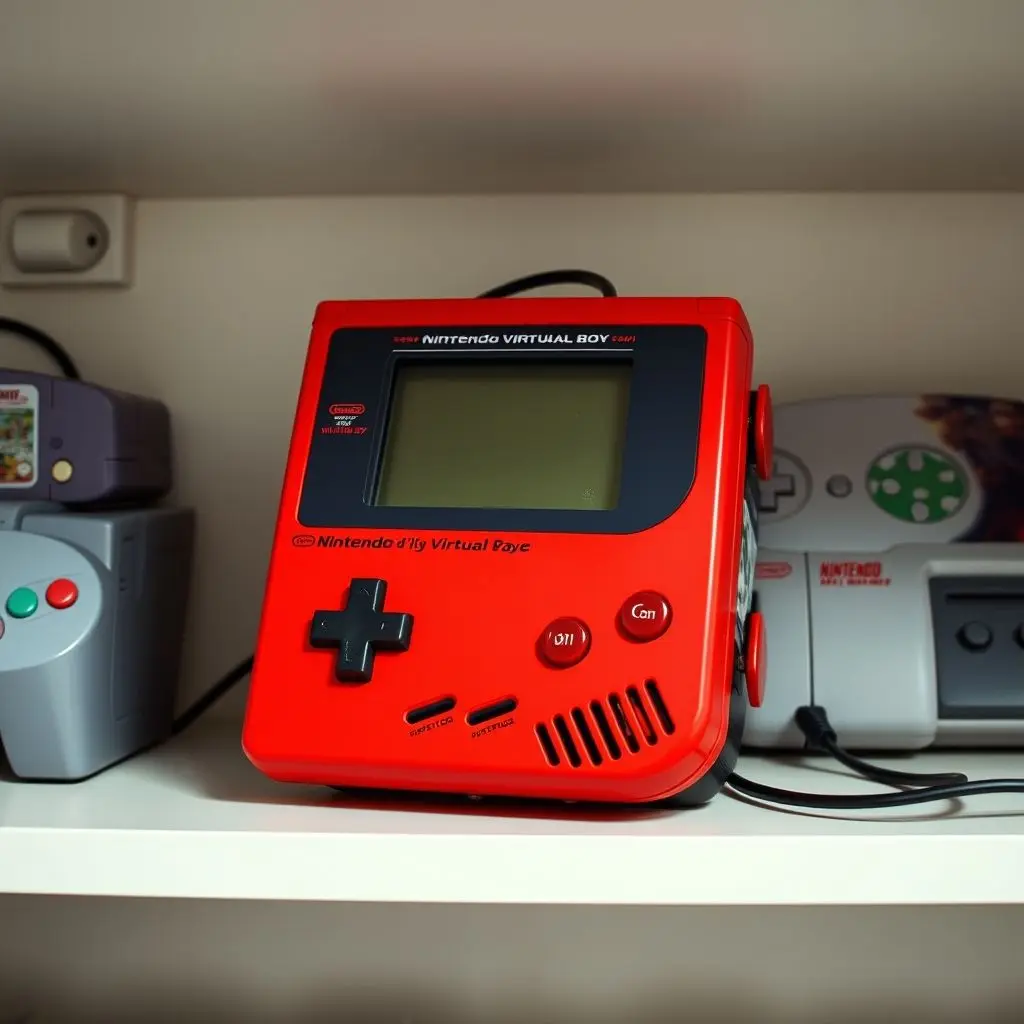
For collectors and retro gaming enthusiasts, the Virtual Boy has evolved into a coveted, if quirky, item. Its uniqueness, scarcity, and bizarre history make it a prized possession for those who appreciate the more peculiar chapters of tech evolution. It serves as a testament to Nintendo’s willingness to experiment, even if those experiments sometimes yield more lessons than triumphs.
Indeed, as the old saying goes, "Sometimes the future’s just red." The Virtual Boy was a bold vision, ahead of its time, constrained by the technology available. It taught valuable lessons about ergonomics, user experience, and the crucial timing for technological adoption. While its impact on subsequent Nintendo consoles might not be immediately obvious, its legacy certainly informed the company’s more cautious, yet ultimately successful, approaches to innovation.
Frequently Asked Questions About Nintendo’s Red Wonder
What was the Nintendo Virtual Boy?
- The Nintendo Virtual Boy was a 32-bit video game console released by Nintendo in 1995. It was designed to display stereoscopic 3D graphics using a monochromatic red LED display, creating an immersive, but often uncomfortable, gaming experience.
Why did the Virtual Boy fail?
- Its failure was multifaceted: a high price tag, bulky and non-portable design, the infamous eye strain and headaches caused by its red display, a very limited game library, and strong competition from emerging full-color 3D consoles like the PlayStation and Sega Saturn.
Was the Virtual Boy Nintendo’s first 3D console?
- Yes, it was Nintendo’s first console designed specifically for stereoscopic 3D gaming, years before mainstream VR or 3D displays became common.
How many games were released for the Virtual Boy?
- Only 22 games were released worldwide for the Virtual Boy, with just 14 of those making it to North America.
Is the Virtual Boy valuable today?
- Due to its rarity, unique place in gaming history, and cult status, well-preserved Virtual Boy consoles and complete-in-box games can fetch significant prices on the collector’s market, especially compared to its original retail price.
Could Nintendo revive the Virtual Boy concept?
- While Nintendo continues to innovate, it’s highly unlikely they would revive the Virtual Boy’s specific concept (red monochrome, head-mounted display). Modern VR technology has far surpassed its capabilities, and Nintendo’s focus has shifted towards more accessible and integrated forms of gaming, as seen with the Nintendo Switch.
A Final Glimpse into the Virtual Boy’s Place in Tech Lore
The Nintendo Virtual Boy remains a compelling enigma in the annals of video game hardware. It was a premature peek into a future that wasn’t quite ready, a bold vision executed with the limitations of its time. For all its flaws and the headaches it caused, it represents a pivotal moment in gaming — a daring experiment that, even in its spectacular failure, taught invaluable lessons about innovation, user experience, and the delicate balance between ambition and reality. It’s a reminder that sometimes, the most interesting stories aren’t always about unbridled success, but about the weird, wonderful, and ultimately, red path not taken.
